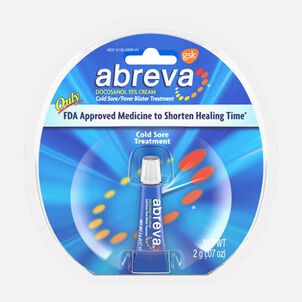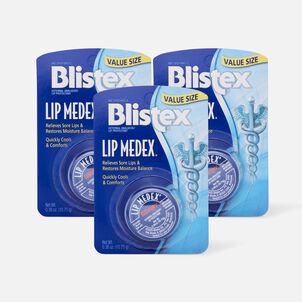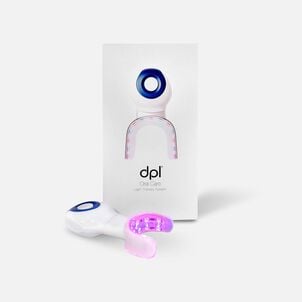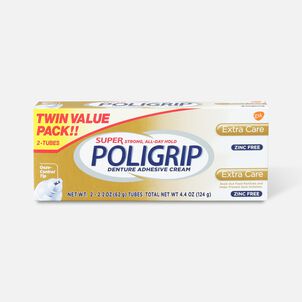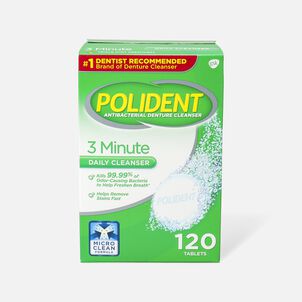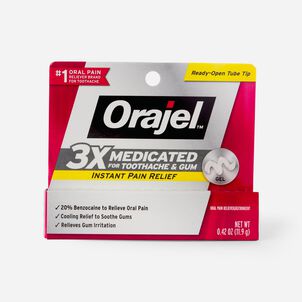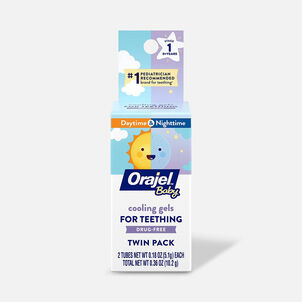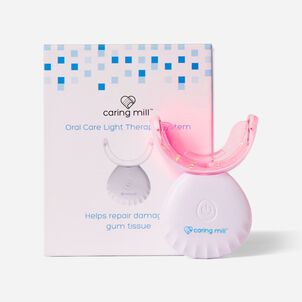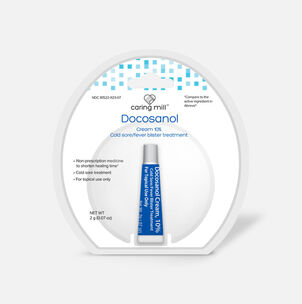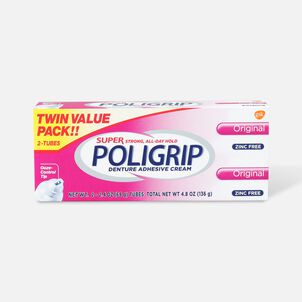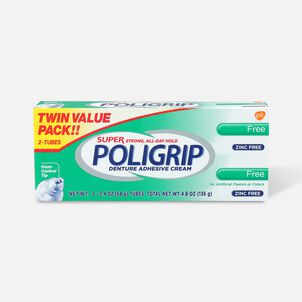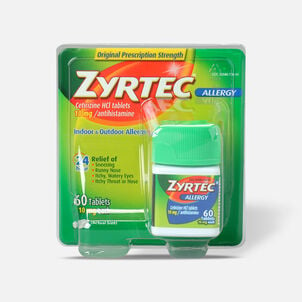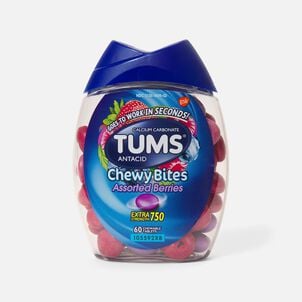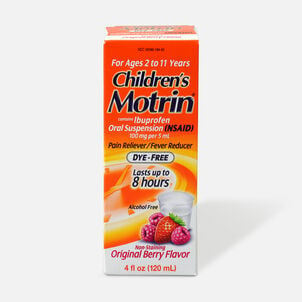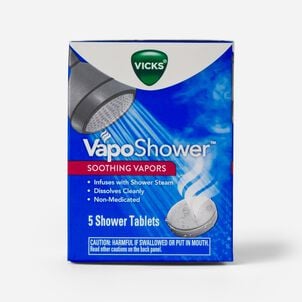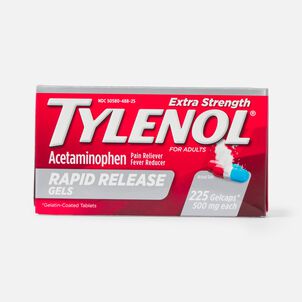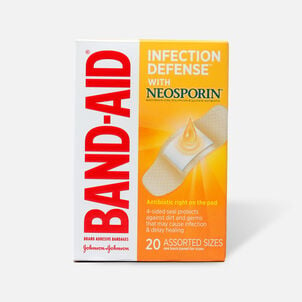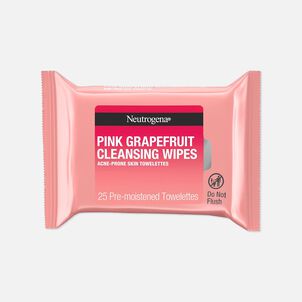For many people, braces are a necessity in treating dental issues and establishing and maintaining good oral health. There are a lot of different reasons that an orthodontist might recommend braces, but crooked teeth, gaps, and overbites are among the most common.
If left untreated, these issues can lead to serious dental diseases. Because of this, braces are considered a way to treat and prevent disease, so they're eligible for FSA reimbursement.
What's eligible?
Getting braces is a long-term treatment that's often very expensive. Most people need braces for around 24 months and the average cost for traditional braces is anywhere from $3,000 to $7,500. Your dental insurance may cover some of the cost, and you can use your FSA for the balance.
Paying for orthodontic expenses is a little different than paying for typical treatments. Most dental expenses, like fillings or extractions, need to be incurred during the current plan year to be eligible. But with braces, you may be able to use your FSA funds to cover orthodontic payments even if your braces were put on before the current plan year began.
Before you get braces, you'll likely need an initial exam that includes photos, impressions, and X-rays. You might even need teeth extracted to help correct overcrowding. While the cost for these won't be included in the price of your braces, they will still be FSA eligible. Regular appointments and adjustments are an essential part of the treatment process and will be included in the overall price of your orthodontics.
You'll also need to continue seeing your dentist for regular cleanings and exams to maintain your oral health. As always, your FSA funds can be used for any dental expense not covered by your dental insurance.
All options are considered
There are a few different kinds of braces available, and each of them is FSA-eligible. While not all orthodontists offer all treatment options, you might be able to choose between:
- Traditional metal braces - The most inexpensive and efficient option
- Ceramic braces - White braces that are less noticeable than traditional braces
- Lingual braces - Attach to the inside of each tooth
- Invisible - These options from brands such as Byte® or Invisalign are especially convenient and popular with adults getting braces later in life
Don't forget about the extras
Because so much pressure is being applied to your teeth and jaw, your mouth will be more sensitive over the course of treatment. But there are some products available that can help make having braces less of a pain—many of which are also FSA eligible:
- Ortho wax
- Heating pads
- Pain relievers
Payment options
You'll probably find that your orthodontist has several different payment options available. You can pay for the entire course of treatment upfront (which may get you a small discount). There will also be a monthly or bi-monthly payment option available. If you choose this, you'll have to pay an upfront fee and stay up to date on your monthly payments.
No matter which option you choose, you can use your FSA funds (although FSA funds generally require that you pay for services you will incur within the plan year, so if you're planning to prepay, make sure to check in with your administrator first to ensure that they'll allow it).
-
Thank you for visiting the FSA Store Learning Center! Don’t forget to follow us for more helpful tips on Facebook, Instagram, and Twitter!


